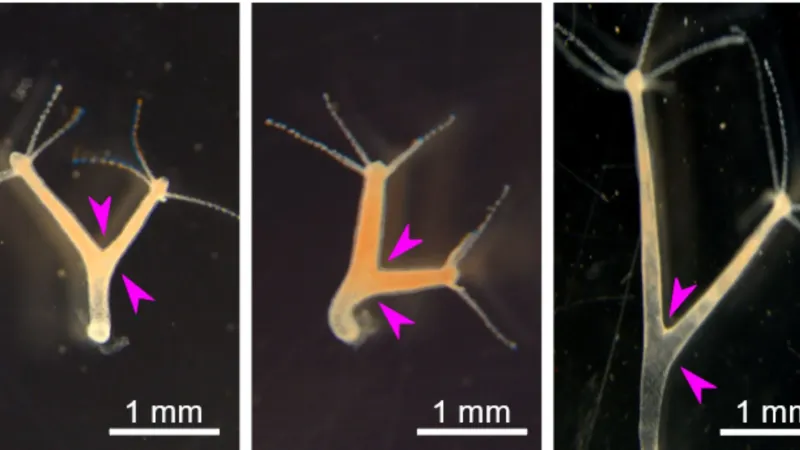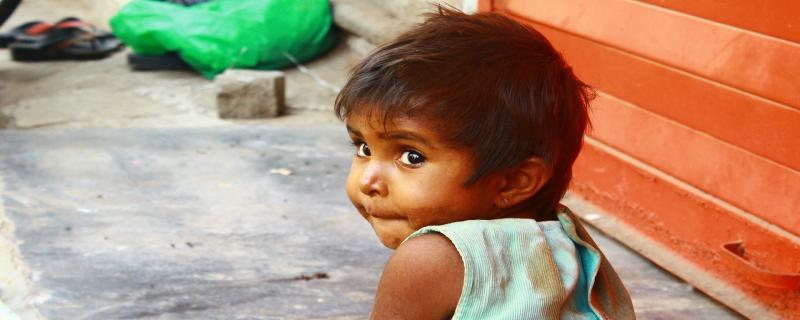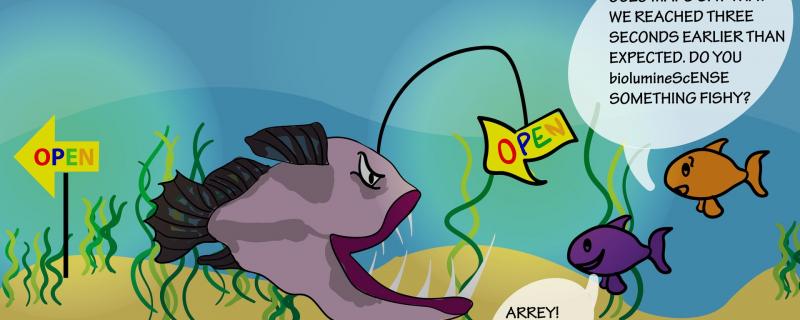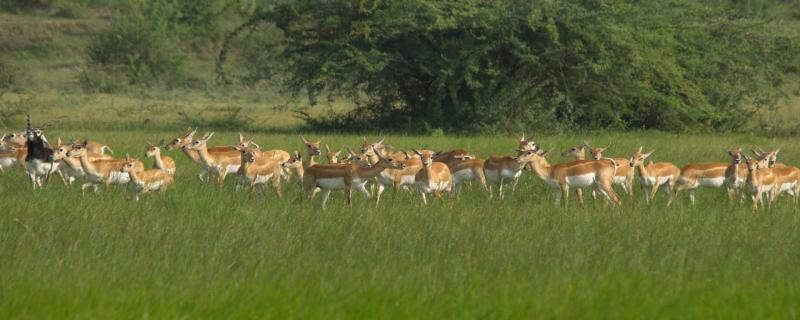In a press announcement, the Green Talents programme, held under the patronage of the Federal Ministry of Education and Research, Germany, has announced this year’s 25 winners from all over the word. These awardees, called ‘Green Talents’, will travel to Germany in late October to attend the Science Forum for talented junior researchers from the field of sustainability science.
Archives
Projected to be the third fastest-growing city in the world, Bengaluru's transformation from being the 'Garden City' to the 'Silicon Valley of India' has made it the modern face of the Indian economy. But all this development has come at a cost with the city losing 89% of its green cover in just forty years. Once known for its cool climate, it is now infamous for its horrible traffic and concrete buildings. Middle-class ghettos and affluent gated communities have replaced the famed lakes, and the gardens have been cleared for IT parks. Thanks to the exponential growth, poor urban planning and corruption, experts believe that the city is going to be unlivable in a few years. In a recent study, published in the journal Remote Sensing Application: Society and Environment, researchers at the Department of Atmospheric and Environmental Sciences, University of Albany, State University of New York, have explored the impact of increased urbanisation on Bengaluru.
Human Immunodeficiency Virus (HIV) infections are one of the most severe public health problems in India, with approximately 21 lakh HIV infected people reported in 2017. Sex workers, men who have sex with men, transgender people, and people who inject drugs are at a higher risk of contracting the virus. Scientists across the world are exploring the possibility of a drug that can be taken daily to keep HIV infections at bay, which could help in reducing the spread of the disease and an overall prevalence, besides acting as a preventive measure for those under high risk. In a recent study, published in the journal Clinical Infectious Disease, researchers evaluate if such a drug can act as a preventive measure in a developing country like India.
ಪರ್ವತಾರೋಹಿಗಳ ಅಚ್ಚುಮೆಚ್ಚಿನ ಹಿಮಾಲಯದ ಹೂವುಗಳು, ಉತ್ಸಾಹಿ ಪರ್ವತಾರೋಹಿಗಳಿಂದ ಭಾರ ಹೊರುವ ಬಗ್ಗೆ ಪಾಠ ಕಲಿತಿರಬಹುದು! ಪರ್ವತಾರೋಹಿಗಳು ಎತ್ತರಕ್ಕೆ ಹೋದಾಗ, ಅಗತ್ಯವಾದ ವಸ್ತುಗಳನ್ನು ಮಾತ್ರ ಒಯ್ಯುತ್ತಾರೆ, ಮತ್ತು ಅಗತ್ಯವಿಲ್ಲದ, ಹೆಚ್ಚುವರಿ ಸಾಮಾನುಗಳನ್ನು ತೆಗೆದುಕೊಂಡು ಹೋಗುವುದಿಲ್ಲ.
Child mortality is a leading cause of concern in many developing countries. Lack of necessary healthcare facilities has resulted in children's death due to infectious diseases such as pneumonia, diarrhoea and other complications related to preterm birth. However, most of these diseases are avoidable with inexpensive interventions like appropriate nutrition, breastfeeding and vaccination. A recent study, led by researchers from the Johns Hopkins Bloomberg School of Public Health, USA, and involving researchers from the UK, Switzerland, Canada and India, has provided some insights into how well India has fared in reducing child mortality. The study provides estimates of child mortality at a national, regional and state level in India and is published in the journal The Lancet Global Health.
The human gastrointestinal tract is inhabited by myriad microbes, which collectively form the gut microbiome. The interaction between the members of this internal 'ecosystem' can help us understand their organisation, growth, and how they react to what we eat. In summary, this tiny ecosystem in our gut determines our health. In a recent study, published in the journal Science, an international collaboration of researchers has investigated if these microbes hold a clue to the health of malnourished children.
“ಬಯೋಲೂಮಿನಿಸೆನ್ಸ್” ಅಥವಾ ಜೈವಿಕ ಬೆಳಕು ಎನ್ನುವುದು ಒಂದು ಜೀವಿಯ ಬೆಳಕು ಉತ್ಪಾದಿಸುವ ಸಾಮರ್ಥ್ಯ. ಉದಾಹರಣೆಗೆ, ಫೈರ್ ಫ್ಲೈ ಅಥವಾ ಮಿಣುಕುಹುಳ, ಬಯೋಲೂಮಿನಿಸೆನ್ಸ್ ಅನ್ನು ಸಂಯೋಗದ ಕರೆಯಾಗಿ ಬಳಸುತ್ತದೆ ಮತ್ತು ಹೆಣ್ಣು ಹುಳಗಳನ್ನು ಅದರ ಹೊಳಪಿನಿಂದ ಆಕರ್ಷಿಸುತ್ತದೆ.
If you are a fan of the movie Jurassic Park, you would have noticed the feathery-leaved massive plants, commonly called ferns. Also known as pteridophytes, they once dominated the flora of the Earth.
Study finds how pet dogs, shelter dogs and free-ranging dogs react to human gaze.
The blackbuck is an antelope species native to the Indian subcontinent. Although the term 'antelope' is loosely used to refer to many ruminating ungulates, the blackbuck is the only animal that belongs to the genus named Antilope. True antelopes belong to one of the four genera—Gazella, Nanger, Eudorcas and Antilope. Scientists are still debating the evolutionary relationships between these members. In a recent study, researchers at the Indian Institute of Science, Bengaluru, have traced the evolutionary relationships of the blackbuck (Antilope cervicapra) using phylogenetics. The study was published in the journal Molecular Phylogenetics and Evolution.










